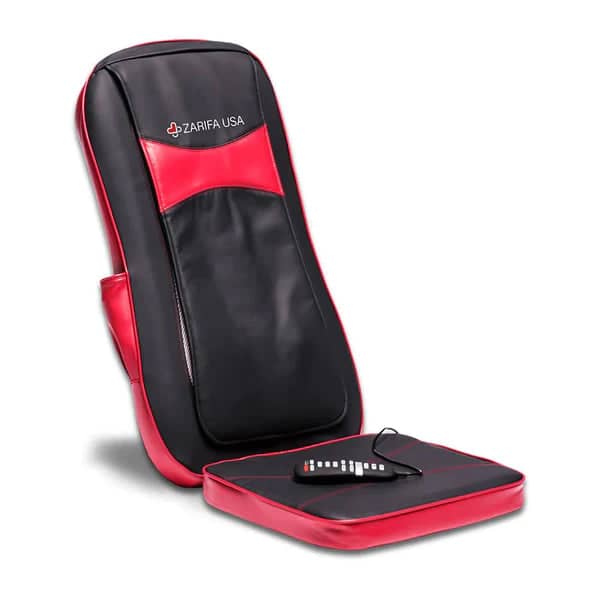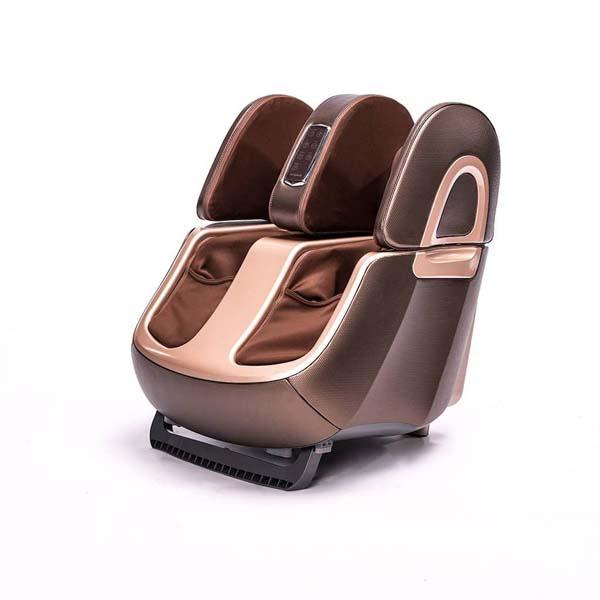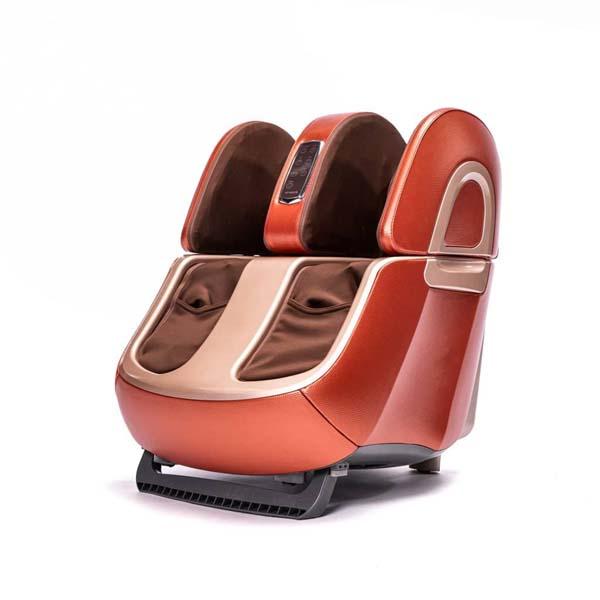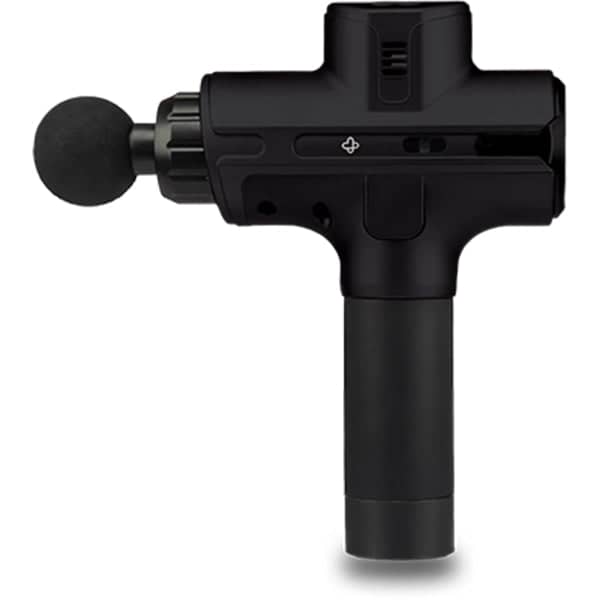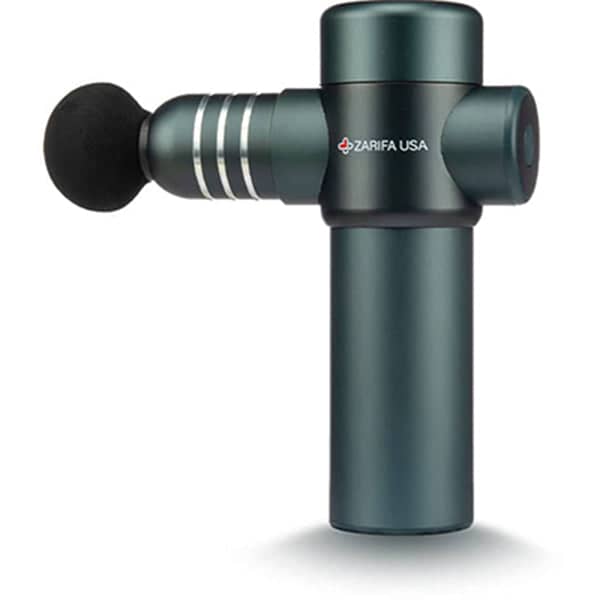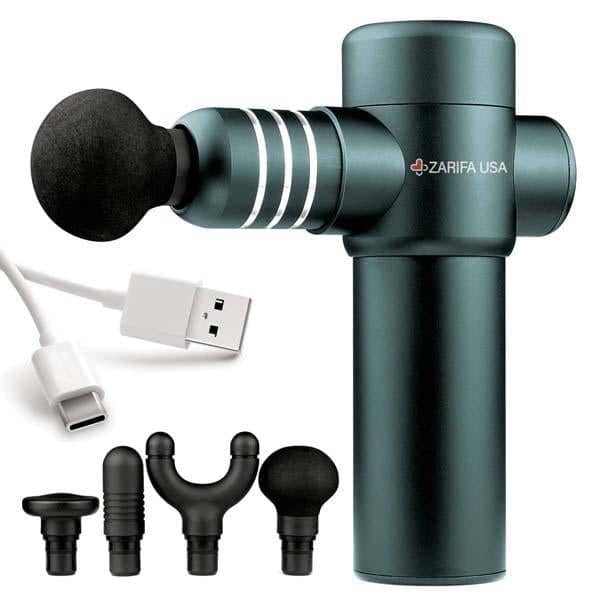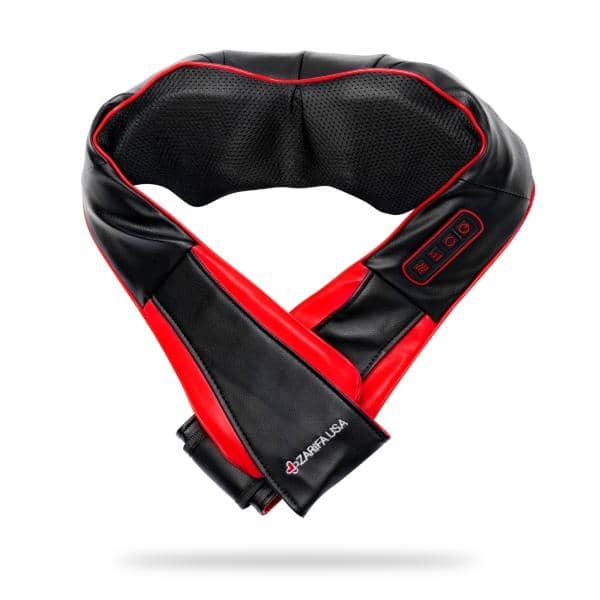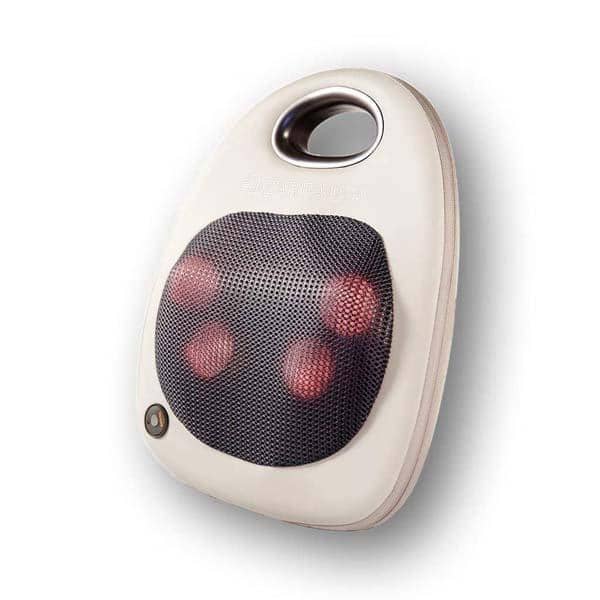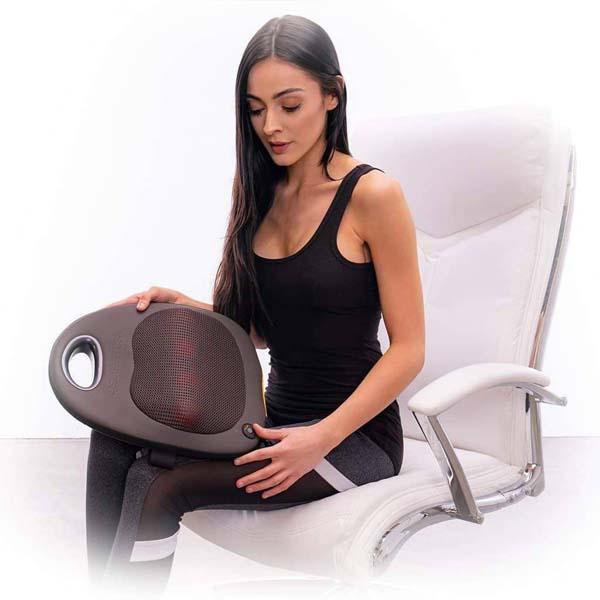When choosing between therapeutic vs deep tissue massage, the key is understanding which fits your specific needs. Therapeutic massage uses gentle techniques to alleviate pain and enhance overall well-being. In contrast, deep tissue massage focuses on relieving chronic muscle tension with intense pressure. This guide will help you decide which type of massage is right for you by exploring their benefits, techniques, and suitable conditions.
Key Takeaways
- Therapeutic massage focuses on gentle techniques to relieve pain and improve overall well-being, making it suitable for stress relief and minor aches.
- Deep tissue massage targets deeper muscle layers with firmer pressure, effectively alleviating chronic pain and muscle tension.
- Choosing the right type of massage depends on individual needs, with therapeutic massage being preferable for relaxation and deep tissue massage for chronic issues.
Overview of Therapeutic and Deep Tissue Massage

Massage therapy offers two primary options for pain relief: therapeutic massage and deep tissue massage. Each type provides numerous benefits such as pain relief, stress reduction, improved circulation, and enhanced relaxation. However, each type of massage targets different issues and employs distinct techniques to achieve its goals.
Therapeutic massage focuses on alleviating pain and improving overall well-being through a range of gentle techniques, whereas deep tissue massage is designed to relieve chronic muscle tension by targeting deeper muscle layers with more intense pressure. Recognizing these distinctions helps you make an informed choice based on your needs and preferences.
Understanding Therapeutic Massage
Therapeutic massage takes a holistic approach, using various techniques to address health issues, promote healing, and enhance overall well-being. Its main goals are to alleviate pain, reduce muscle tension, and improve flexibility. Unlike deep tissue massage, therapeutic massage typically employs lighter pressure, making it a gentler form of treatment.
It’s ideal for promoting relaxation, reducing stress, and enhancing mood. It is often recommended for individuals dealing with minor aches and pains, as well as those seeking a general sense of well-being.
Techniques Used in Therapeutic Massage
Various techniques are used in therapeutic massage to address health concerns and promote well-being. Among the most commonly used techniques are Swedish massage, myofascial release, and trigger point therapy. These methods are tailored to the individual needs of the client, with pressure ranging from gentle to firmer, depending on the specific issues being addressed.
Swedish massage, for example, uses long, flowing strokes to promote relaxation and improve circulation. Myofascial release focuses on relieving tension in the connective tissues, while trigger point therapy targets specific areas of muscle tightness to alleviate pain and discomfort.
Benefits for Stress Relief and Well-Being
A major benefit of therapeutic massage is its effectiveness in addressing stress and enhancing well-being. Applying varying levels of pressure, it helps release tension, improve range of motion, and enhance flexibility. This not only promotes relaxation but also contributes to improved mood and overall well-being.
Regular sessions can reduce stress, improve circulation, and promote relaxation, making it a great choice for overall health improvement. The gentle techniques and focus on natural healing processes make it popular for stress relief and well-being.
Pain Management with Therapeutic Massage
It is also highly effective for managing pain, particularly conditions like arthritis and chronic back pain. Targeting specific areas with gentle techniques, it can alleviate pain and improve daily functioning. The massage therapist identifies painful areas and applies specific techniques to relieve discomfort.
For those with chronic conditions, it provides a non-invasive, drug-free method to manage pain and improve quality of life. Focusing on overall stress reduction and well-being, it offers a comprehensive approach to addressing chronic pain and pain management.
Exploring Deep Tissue Massage

Deep tissue massage specializes in full-body relaxation and targets deeper muscle layers to relieve chronic tension. It employs more intense pressure compared to therapeutic massage to address chronic pain and muscle stiffness.
Communicate with your therapist if the intensity becomes painful, as it can sometimes lead to discomfort or bruising.
Particularly beneficial for those with chronic muscle tension or soreness, it offers more focused treatment.
Deep Tissue Massage Techniques
It employs techniques targeting deeper muscle and connective tissue layers. Techniques such as slow strokes and friction movements across the muscle grain release tension and knots. Firm pressure and slow strokes characterize deep tissue massage, making it effective for chronic issues.
These techniques aim to release tension and promote relaxation in deeper muscle layers, improving mobility and reducing pain. This makes it a powerful tool for managing chronic muscle tension and related conditions.
Addressing Chronic Muscle Tension
A primary focus is alleviating chronic muscle tension by targeting deeper muscles. It is particularly effective for releasing knots, breaking down adhesions, and restoring movement in tight muscles. Lengthening and relaxing deeper muscle layers, it improves overall mobility and reduces discomfort.
It is also effective in breaking down scar tissue formed from injuries or chronic tension. This process alleviates pain and enhances natural healing capabilities.
Pain Relief with Deep Tissue Massage
Renowned for pain relief, it’s especially effective for chronic muscle tension or soreness. Using firm pressure and slow strokes, it alleviates pain in deeper muscle layers, targeting knots and tight muscles.
Regular sessions may be necessary for those with chronic pain to manage their condition effectively. It can also alleviate headaches and is recommended for ongoing back pain. Focusing on intense pressure and targeted relief, it is a valuable option for pain management.
Key Differences Between Therapeutic and Deep Tissue Massage

Knowing the key differences between therapeutic and deep tissue massage helps in making an informed choice. It encompasses various techniques aimed at addressing health concerns while promoting relaxation. Ideal for alleviating stress and anxiety, it is gentler compared to deep tissue massage.
Deep tissue massage targets deeper muscle layers, providing intense relief for chronic pain and tension. This type of massage utilizes deep tissue techniques and is designed to address specific issues with deeper pressure. These distinctions help you select the massage that suits your needs.
Techniques and Pressure
Therapeutic massage generally involves soft tissue manipulation, trigger point therapy, and myofascial release. These techniques promote relaxation, reduce pain, decrease tension, and improve blood circulation. The pressure is typically lighter, catering to those who prefer a gentler touch.
Conversely, deep tissue massage uses firmer pressure and specific techniques to target deeper muscle layers. This approach breaks down adhesions, relieves chronic muscle tension, and restores mobility. Choosing between these techniques depends on individual preferences and health needs.
Target Areas and Goals
The target areas and goals of therapeutic and deep tissue massages differ. Often misunderstood as only for relaxation, therapeutic massage targets a range of health issues and promotes well-being. It aims to increase serotonin and dopamine levels, enhancing mood and reducing stress.
Deep tissue massage focuses on issues like chronic pain and injury recovery. Its primary goal is to alleviate pain and restore movement by targeting deeper muscle layers and breaking down scar tissue. This makes it particularly effective for those with persistent muscle tension and pain.
Suitable Conditions
Therapeutic massage manages various physical conditions and promotes relaxation. It helps with conditions like arthritis, fibromyalgia, and chronic back pain, offering a gentle approach to pain relief. Ideal for reducing stress and improving overall well-being.
Deep tissue massage is particularly beneficial for chronic pain and alleviates muscle tension. Designed to target specific areas with deeper pressure, it is a better choice for chronic pain issues. Knowing these suitable conditions helps you choose the right type of massage.
Choosing the Right Massage for Your Needs
Selecting the right massage involves considering specific issues and treatment options. Therapeutic massage is suitable for relaxation and stress relief, promoting overall well-being. In contrast, deep tissue massage suits those with chronic pain or muscle tension.
Avoid massage therapy if you have acute conditions, skin injuries, infections, or certain cardiovascular issues. Assessing your needs and consulting with a professional helps in making an informed decision about the best type of massage for you.
Assessing Your Pain and Tension Levels

Evaluating your pain and tension levels is key in choosing the right type of massage. Deep tissue massage may not suit everyone, as individual responses can vary. Determine whether your pain is chronic or acute and identify specific areas of tension.
A professional therapist can offer personalized recommendations for massage frequency and type based on your needs. This assessment ensures you receive the most effective treatment for your pain and tension levels.
Consulting a Massage Therapist
Consulting a professional therapist is crucial for making an informed decision about the best type of massage for you. Before a deep tissue massage, discuss with your therapist. Address your specific needs and concerns. The therapist will assess specific areas needing attention and tailor the massage accordingly.
If you have injuries, consult your doctor first. This step is essential before a deep tissue massage. This ensures the massage is safe and effective for your condition.
Frequency and Intensity Considerations
Massage frequency and intensity should be tailored to individual needs and comfort. Some may benefit from weekly sessions, while others might need less frequent treatments. Consider how your body responds to different intensities and adjust accordingly.
Balancing massage frequency and intensity enhances well-being and aids recovery. A professional therapist can help you find the right balance, ensuring maximum benefits from treatments.
What to Expect During and After the Massage

Knowing what to expect during and after a massage helps you prepare and maximize benefits. During a session, especially deep tissue, expect some discomfort as tightness and knots are worked out. Communicate with your therapist if you experience intense soreness or discomfort.
After a massage, it is common to feel relaxed, but you may also experience muscle soreness and tiredness. Staying hydrated and gently stretching post-massage can help relieve these sensations and enhance the positive effects of the massage.
During the Massage Session
During a deep tissue massage session, you might feel discomfort as the therapist applies intense pressure to release muscle tension and knots. If not performed correctly, this can occasionally result in soreness. It may also cause bruising. It is important to communicate with your therapist about your comfort levels to avoid any unnecessary discomfort.
For therapeutic massage, the experience is generally more relaxing with lighter pressure focused on promoting overall well-being and reducing stress. Regardless of the type of massage, open communication with your therapist ensures a comfortable and effective session.
Post-Massage Care
Post-massage care is essential to maximize the benefits of your session. Staying hydrated is critical as it supports the circulatory system in transporting nutrients and removing metabolic waste from the body. After a massage, you may feel sore, cold, or thirsty as your body processes the waste released from the tissues.
Gentle stretching and adequate hydration can help alleviate muscle soreness and enhance recovery. The intensity of the massage can vary, and deep tissue sessions might require longer recovery times post-treatment. Proper aftercare ensures that the positive effects of the massage are sustained.
Summary
In summary, both therapeutic and deep tissue massages offer unique benefits and cater to different needs. Therapeutic massage is ideal for promoting relaxation, reducing stress, and enhancing overall well-being with its gentle techniques. On the other hand, deep tissue massage targets chronic muscle tension and pain with intense pressure and specific techniques.
Choosing the right type of massage depends on your individual needs, pain levels, and health conditions. Consulting a professional massage therapist can help you make an informed decision and tailor the massage to your specific requirements. By understanding the differences and benefits of each type, you can select the massage that best suits your needs and promotes your well-being.
Frequently Asked Questions
What are the main differences between therapeutic and deep tissue massage?
The main differences between therapeutic and deep tissue massage lie in their pressure and focus; therapeutic massage uses lighter pressure for relaxation and overall well-being, whereas deep tissue massage applies intense pressure to target deeper muscle layers and alleviate chronic muscle tension.
How often should I get a deep tissue massage?
It is advisable to consult with a massage therapist to determine the optimal frequency for deep tissue massages, as it varies based on individual needs, with some benefitting from weekly sessions while others may need treatments less often.
Can therapeutic massage help with chronic pain?
Therapeutic massage can effectively manage chronic pain by targeting specific areas and promoting relaxation. Therefore, it serves as a valuable tool in alleviating conditions such as arthritis and chronic back pain.
What should I expect during a deep tissue massage session?
You should expect some discomfort during a deep tissue massage as the therapist applies intense pressure to alleviate muscle tension and knots. Please communicate any discomfort to ensure a positive experience.
What post-massage care should I follow?
To maximize the benefits of your massage, it is essential to stay hydrated and engage in gentle stretching. These practices aid in reducing muscle soreness and promoting overall relaxation.


